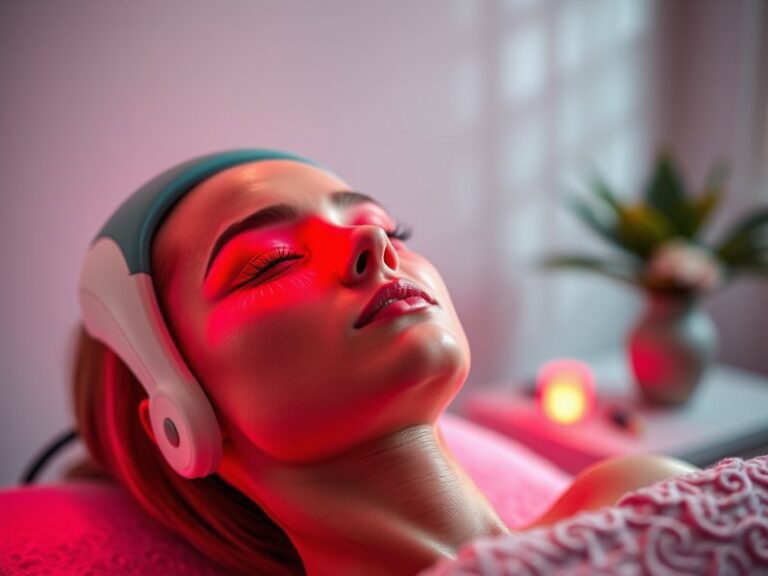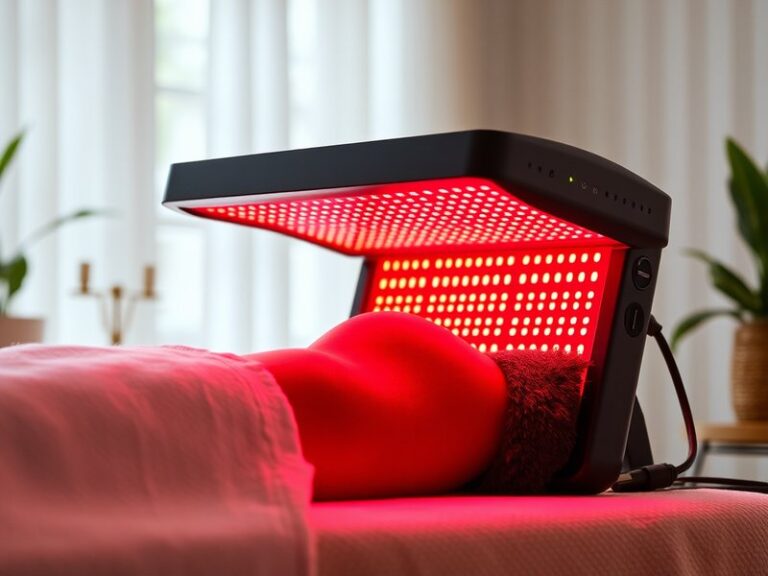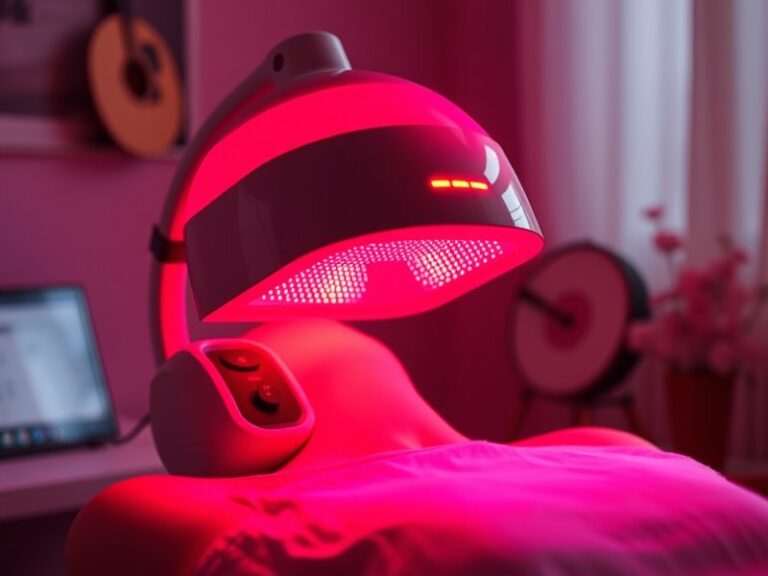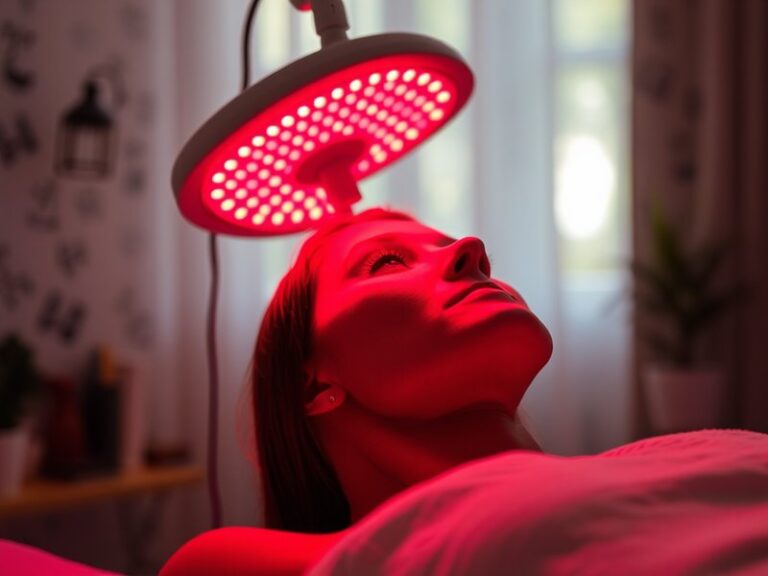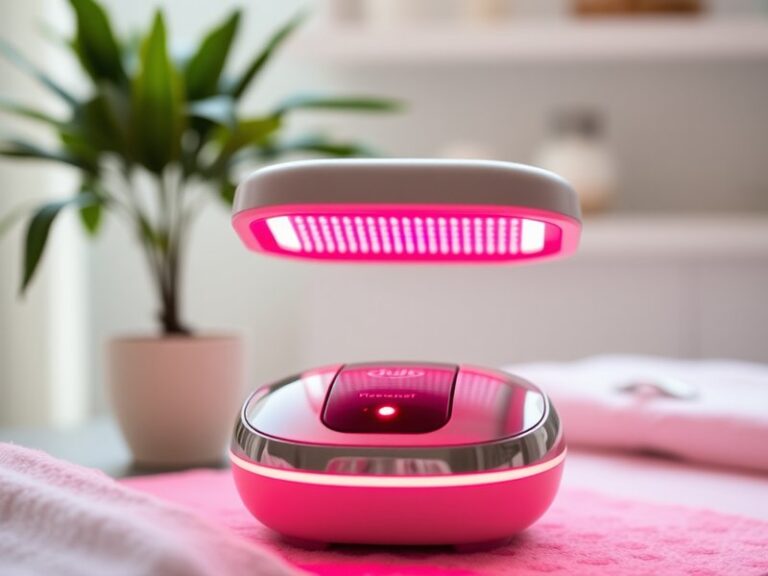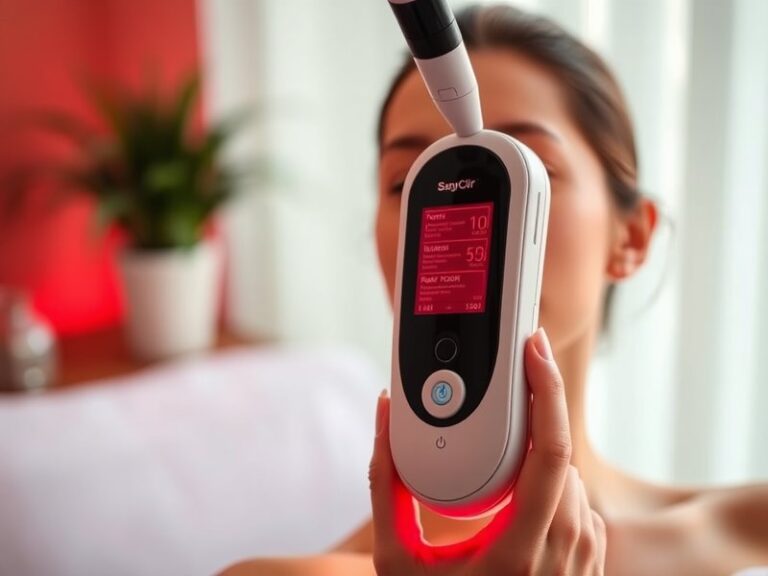Can Red Light Therapy Give You A Rash?
Can Red Light Therapy Give You A Rash?
Have you ever wondered whether red light therapy could lead to unexpected skin reactions, such as rashes? While red light therapy is often praised for its numerous health benefits, it raises important questions regarding its safety and potential side effects.
In this article, we’ll explore the possibility of red light therapy causing rashes, examine its benefits, discuss important considerations to keep in mind, and weigh alternative therapies. By the end, you’ll have a clearer understanding of whether red light therapy is right for you and how to approach it safely.
Key Takeaways
- Red light therapy can cause skin irritation in some individuals, but it’s generally considered safe.
- The risk of developing a rash is influenced by skin type, sensitivity, and exposure duration.
- It’s essential to consult with a healthcare professional before starting any new treatment, including red light therapy.
What is Red Light Therapy?
Red light therapy (RLT) is a treatment that utilizes low wavelength red light, typically in the range of 600 to 650 nanometers, to promote healing, reduce inflammation, and stimulate the production of collagen. It’s used in a variety of settings, from professional wellness clinics to at-home devices.
The therapy works by penetrating the skin and influencing cells to enhance their energy production, which can lead to a myriad of health improvements, ranging from skin rejuvenation to pain relief.
How Does It Work?
Red light therapy works on a cellular level, stimulating the mitochondria in cells to produce more adenosine triphosphate (ATP), the energy currency of the cell. This increased energy can promote faster recovery from injuries, muscle soreness, and even enhance skin appearance.
What are the Benefits of Red Light Therapy?
The benefits of red light therapy extend across various health areas. Let’s explore some key advantages in detail.
Skin Rejuvenation
Red light therapy is known for its ability to improve skin tone, reduce wrinkles, and promote wound healing. Research indicates that increased collagen production can lead to plumper, more youthful skin, making it a popular choice in aesthetic treatments.
Pain Relief
Many individuals resort to red light therapy for its analgesic properties. It has been shown to reduce chronic pain by decreasing inflammation and promoting healing, making it beneficial for conditions like arthritis and muscle injuries.
Enhanced Muscle Recovery
Athletes and active individuals often utilize red light therapy to accelerate recovery from workouts. The increase in blood circulation and reduced inflammation can help muscles recover more quickly, reducing downtime.
Is it Possible to Get a Rash from Red Light Therapy?
While red light therapy is widely regarded as safe, some individuals may experience skin reactions, including rashes. This can occur due to various factors, including skin sensitivity or underlying dermatological issues.
What are the Advantages of Recognizing Skin Reactions?
Identifying and being aware of potential skin reactions can help you make informed decisions when using red light therapy.
- Personalized Treatment: If you know your skin reacts to certain wavelengths or intensities, you can adjust the therapy accordingly.
- Preventive Measures: Being aware of the risk can encourage precautions such as patch testing before full treatments.
- Consultation: Recognizing adverse reactions prompts individuals to seek professional advice, potentially leading to alternative treatments.
What are the Disadvantages of Ignoring Skin Reactions?
Ignoring skin reactions can lead to further complications or prolonged discomfort.
- Worsening Symptoms: Continuing therapy without addressing the rash may exacerbate the condition, leading to painful or itchy skin.
- Delayed Recovery: Skin irritation can delay healing processes, hindering the overall benefits of the therapy.
- Decreased Trust in Treatment: Experiencing adverse reactions could deter individuals from seeking beneficial treatments in the future.
What are the Things to Consider Before Starting Red Light Therapy?
Before beginning red light therapy, several important factors should be taken into account to ensure safety and effectiveness.
Skin Type and Sensitivity
Individuals with sensitive skin or pre-existing skin conditions such as eczema or psoriasis may respond differently to red light therapy. If you have any concerns, it’s advisable to consult a dermatologist before proceeding.
Treatment Duration and Intensity
The intensity and duration of exposure can significantly impact whether skin irritation occurs. Start with shorter sessions at lower intensities and gradually increase as tolerated.
Consultation with Health Professionals
It’s crucial to consult with a healthcare provider or a licensed professional before starting red light therapy, particularly if you have underlying health conditions or are on medication that affects skin sensitivity.
What are the Alternatives to Red Light Therapy?
If red light therapy causes concern, several alternatives can provide similar benefits without the associated risks.
Blue Light Therapy
Blue light therapy is used primarily for acne treatment. It targets acne-causing bacteria and can lead to clearer skin without the risk of rashes associated with red light therapy.
Chemical Peels
Chemical peels use various acids to exfoliate the skin, reducing the appearance of wrinkles and discoloration. When properly administered, they can provide significant skin improvements without requiring light exposure.
Microdermabrasion
This cosmetic treatment involves exfoliation of the outer layer of skin, helping to improve skin texture and tone. It can also be a great alternative for those who may experience irritation from light therapies.
Conclusion: Is it Recommended to Try Red Light Therapy?
In summary, while red light therapy offers numerous benefits for skin rejuvenation, pain relief, and muscle recovery, it is essential to be mindful of the potential for skin reactions, including rashes.
Start with a cautious approach, paying attention to your skin’s response, and consult with healthcare providers for personalized advice. By taking these precautions, individuals can safely explore the benefits of red light therapy without unnecessary risks.
Check out our insights on Does Red Light Therapy Emit UV?
Frequently Asked Questions
Can everyone use red light therapy?
Not necessarily. Individuals with certain skin conditions or sensitivities should consult a healthcare provider before beginning treatment.
Learn everything about Does Red Light Therapy Cause Urination?
How long do the effects of red light therapy last?
Effects can vary based on individual physiology and treatment frequency. Generally, consistent sessions may yield longer-lasting benefits.
What should I do if I develop a rash from red light therapy?
If you develop a rash or any irritation, stop treatment immediately and consult a healthcare provider for evaluation and recommendations.
Are there any contraindications for red light therapy?
Yes, individuals who are pregnant or have certain medical conditions, such as lupus or photosensitivity disorders, should consult their doctor before using red light therapy.
Can I perform red light therapy at home safely?
At-home devices can be safe if used according to the manufacturer’s instructions. However, understanding your skin’s response and consulting healthcare professionals is always recommended for best practices.

